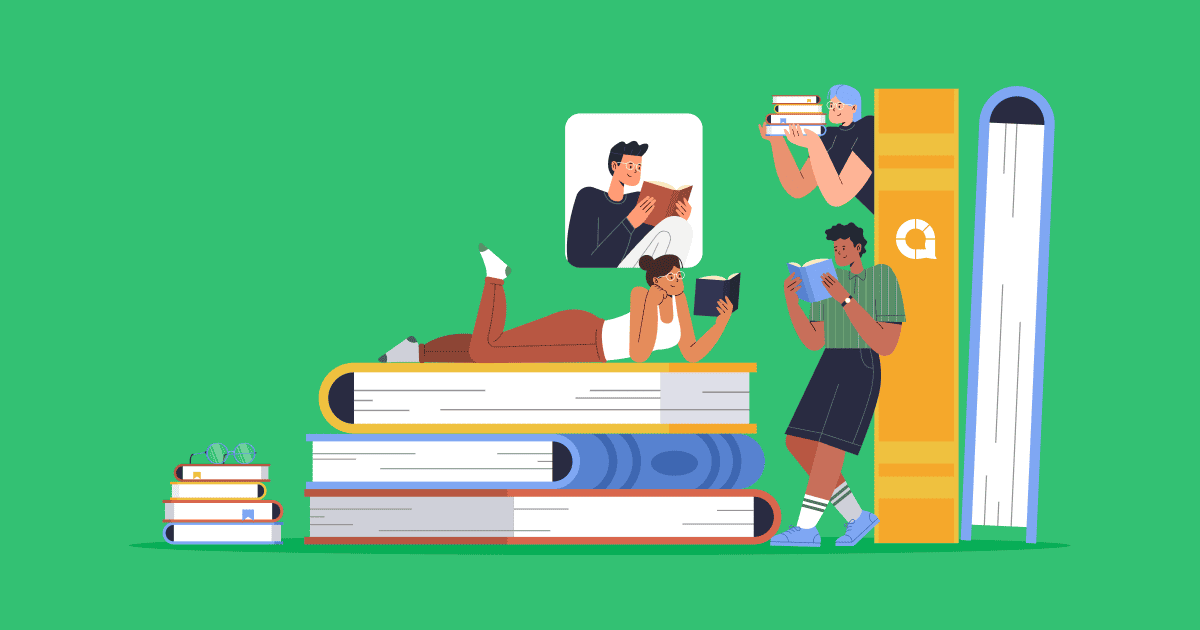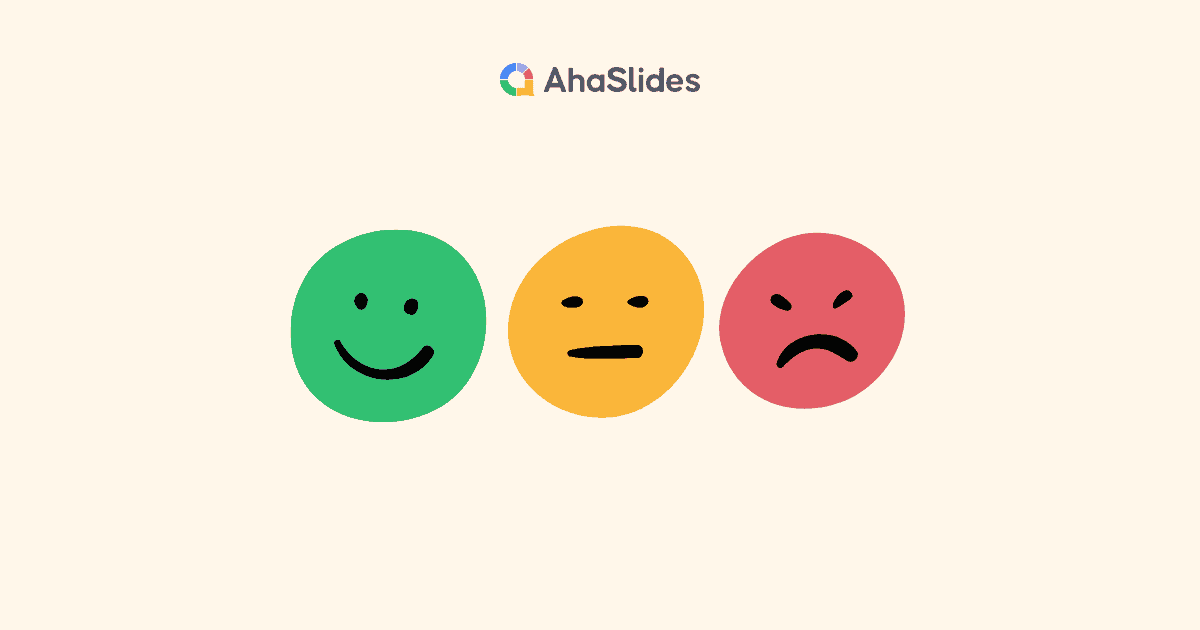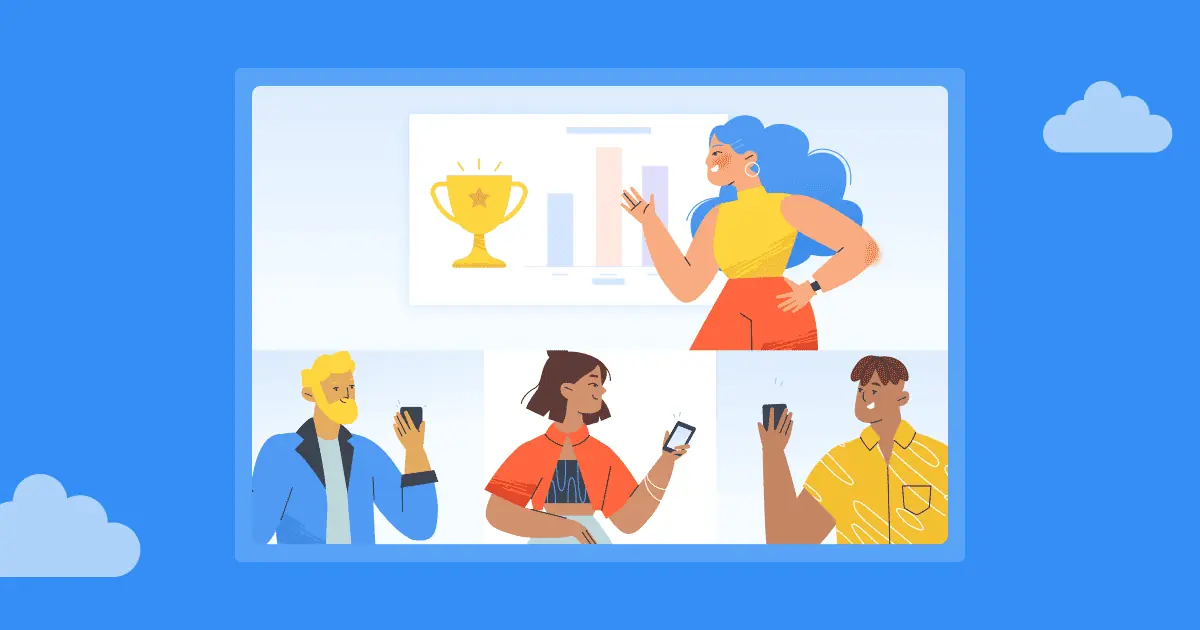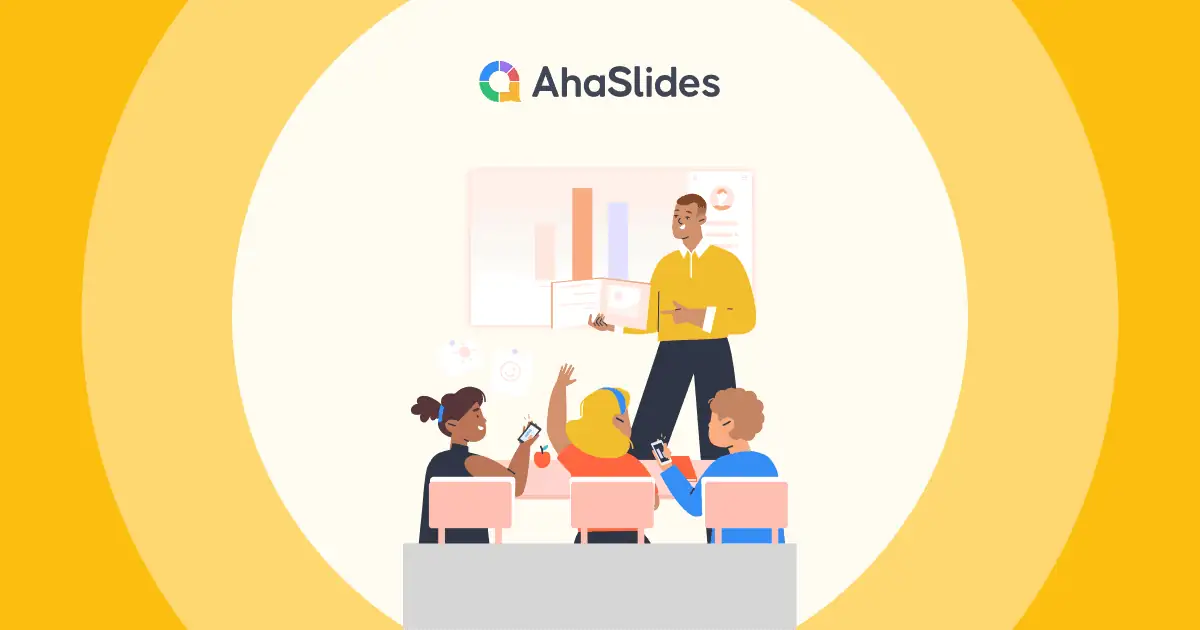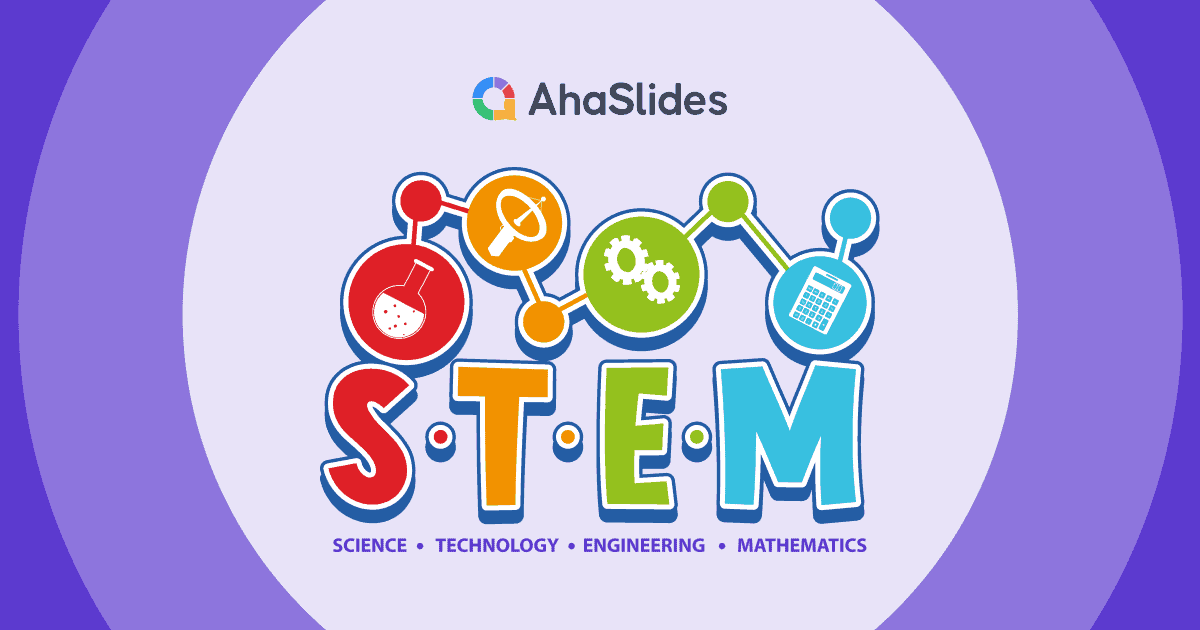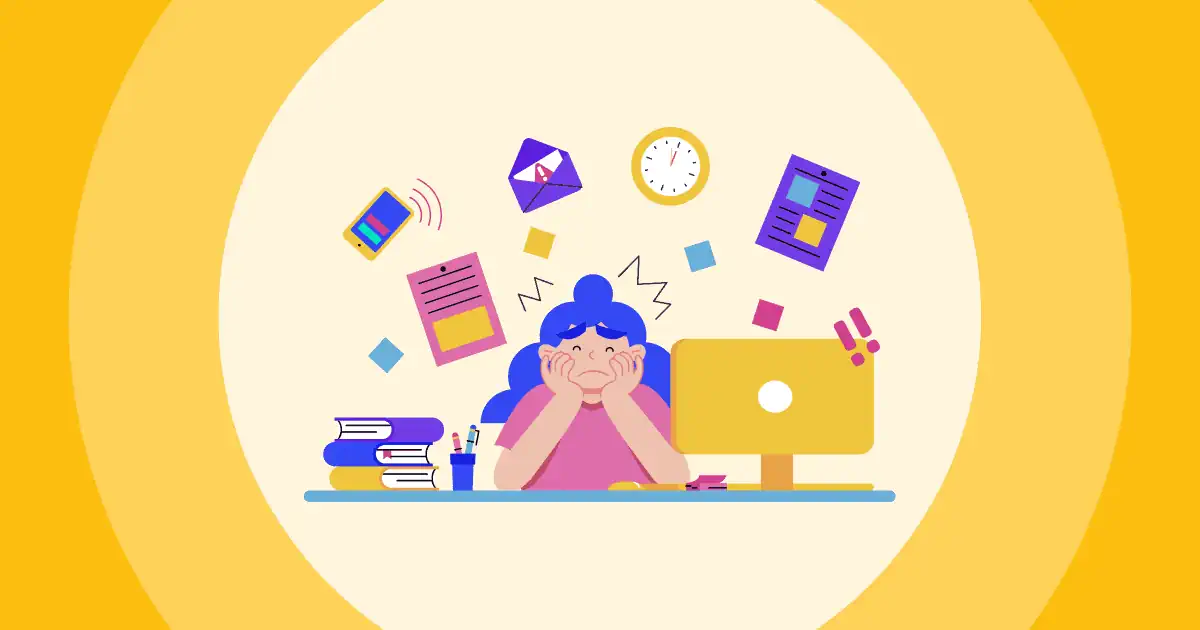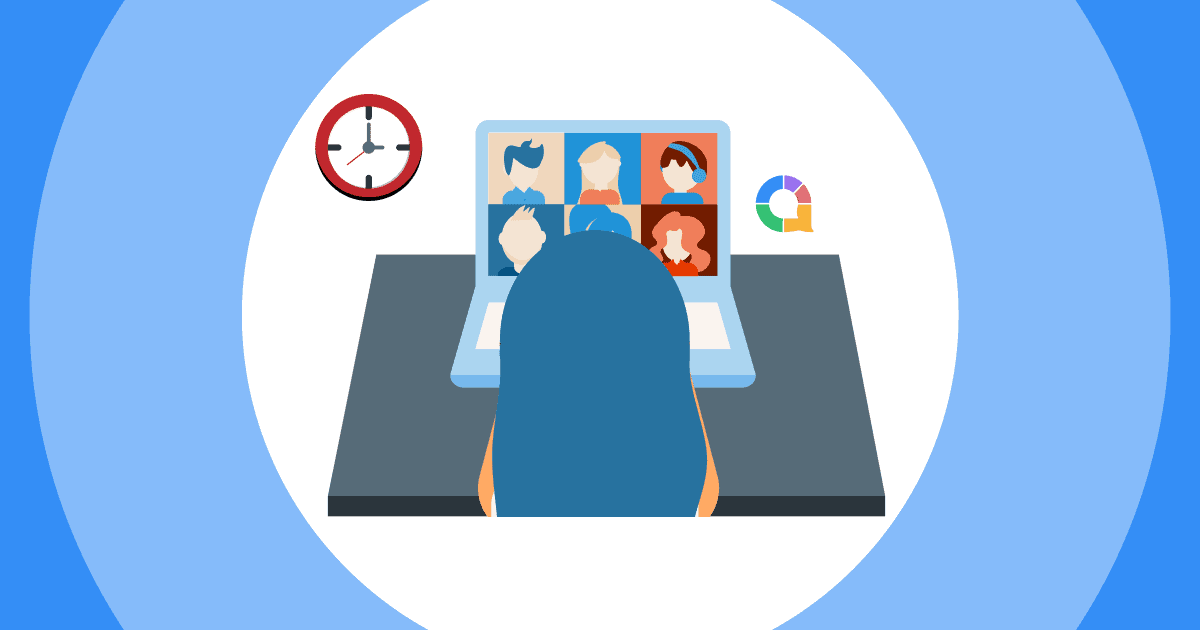Imagine a classroom where each student is taught uniquely, catering to their individual learning preferences. While it may seem like a dream, understanding the diverse learning styles is the key to making it a reality. By exploring the various types of learning styles, we can unlock profound insights that empower both educators and learners.
Therefore, in this blog post, we will delve into 8 different types of learning styles and different types of learners to see how educators can accommodate them to enhance learners' learning experience.
| Which learning style is least common? | Kinesthetic learning style. |
| Which is the best learning style? | It depends on the learners’ strengths and weaknesses. |
Table of Contents
- The VARK Model: The 4 Different Types Of Learners
- Beyond VARK: Exploring Different Types Of Learning Styles
- How Can Educators Apply Different Types Of Learning Styles In the Classroom?
- Key Takeaways
- Frequently Asked Questions
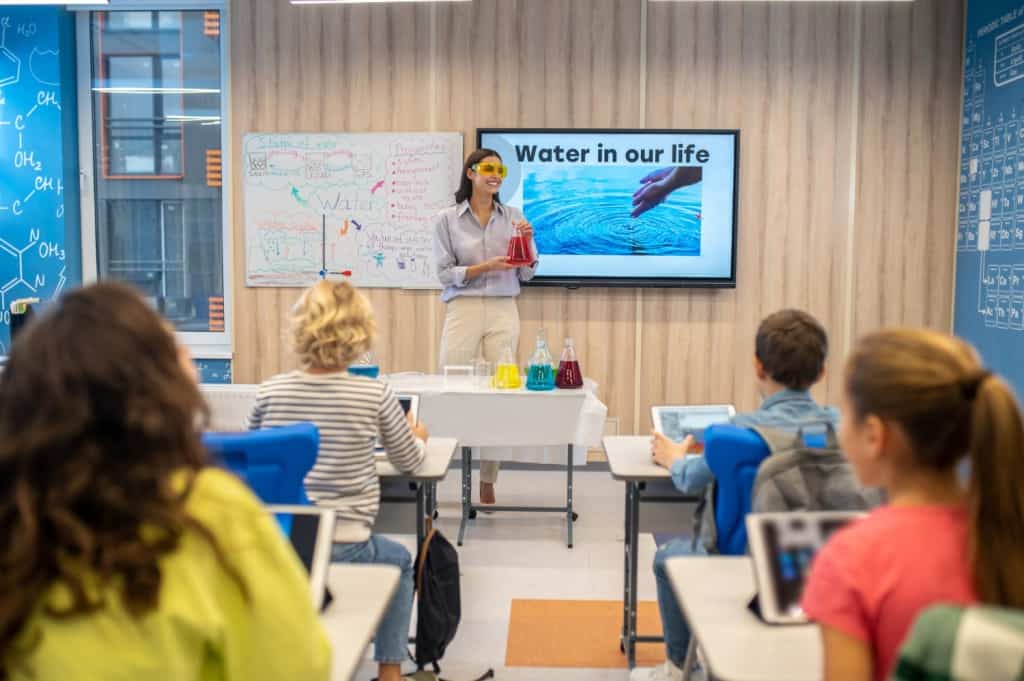
The VARK Model: The 4 Different Types of Learners
The VARK model, developed by Neil Fleming, is a widely recognized framework that categorizes different types of learners into four groups based on their style of information intake.

Start in seconds.
Get free templates for your next class. Sign up for free and take what you want from the template library!
🚀 Grab Free Account
#1 - Visual Learners
Visual learners are the ones who learn best when they can see information through visual aids and images. They are naturally attracted to visual stimuli and find it helpful to use charts, graphs, diagrams, and videos to understand and remember information.
Visual learners also benefit from using colors to organize notes and creating visual maps to arrange information spatially. When information is presented visually, visual learners tend to remember and recall it more easily.
- For example, when visual learners study, they often create colorful mind maps and diagrams to visually organize information instead of simply reading text.
Check out: Honey and Mumford Learning Styles, or tips on think pair share activities, best for classrooms!
#2 - Auditory Learners
Auditory learners do their best learning when information is in a way that they can listen to and hear. They excel when they can listen to lectures, engage in group discussions, and talk about ideas.
These learners have a talent for remembering information by hearing it repeatedly or talking about it with others. They might find it useful to read information out loud or use memory tricks that rely on sound.
- For example, auditory learners find it easier to remember information when they discuss it with others. They actively seek opportunities to present their ideas in group discussions. When studying, they prefer reading out loud as it helps them retain information more effectively.
Check out: Cooperative learning versus Collaborative learning
#3 - Reading/Writing Learners
Reading/Writing learners are good at processing information through written words. They naturally prefer materials like textbooks, articles, and written instructions to understand and absorb information. These learners find that reading and taking thorough notes help them grasp concepts more effectively. They often use underlining, highlighting, and summarizing techniques to reinforce their learning.
Reading/Writing learners also excel in expressing their understanding through writing, such as composing essays or completing written assignments.
- For example, Reading/Writing Learners enjoy reading textbooks and scholarly articles to gain a deep understanding of various subjects. They take detailed notes while studying and often write summaries or outlines to organize their thoughts. They also excel in written assignments and prefer to express their understanding through well-structured essays.
Check out: Vark Learning Style or Inquiry-based Learning
#4 - Kinesthetic Learners
Kinesthetic learners, also known as tactile learners, prefer to process information through physical experiences and hands-on activities. They learn best when they can engage in practical applications, demonstrations, and experiments.
They need movement and may benefit from using manipulatives or participating in role-playing exercises. They tend to remember information best when they can physically interact with it and engage their sense of touch and body movements.
- For example, Kinesthetic Learners prefer studying while standing or using a standing desk. They often take breaks to engage in activities like stretching, bouncing a ball, or using a fidget toy to focus and retain information.
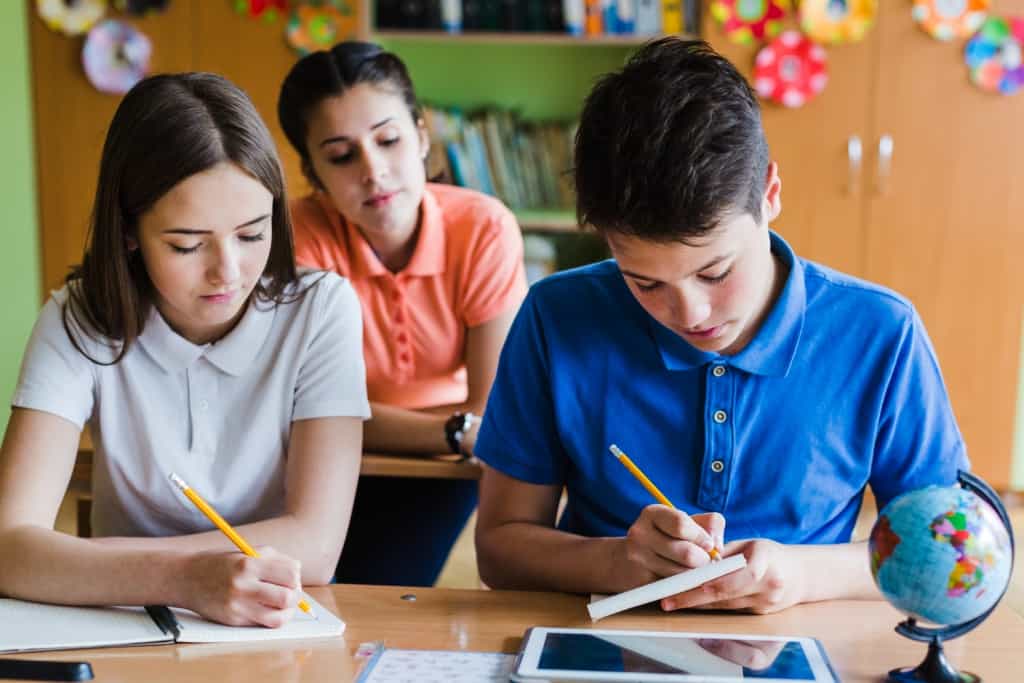
Beyond VARK: Exploring Different Types Of Learning Styles
In addition to the VARK model, there are several other frameworks and theories that shed light on different learning styles. This section will provide these alternative types of learning styles.
#1 - Reflective learning
Reflective learning involves examining experiences, thoughts, and actions to gain insights. It encourages introspection, questioning, and making connections between new information and existing knowledge.
Reflective learners benefit from quiet environments and engage in activities like journaling and self-reflection. It promotes deeper understanding, critical thinking, and lifelong learning.
- For example, Reflective learners use meditation as a tool for reflection and deep thinking. They find that by practicing mindfulness and focusing inward, they can process information more effectively. So, they often incorporate meditation breaks into study routines to enhance reflective learning.
#2 - Active Learning
Active learning is a learning style where students are actively involved in their education instead of just listening and watching. It means active learners do things like talking about what they're learning, working together with classmates, doing experiments, solving problems, and pretending to be different people in simulations.
Active learning helps them understand things better, think more deeply, and be better at solving problems. It's not just sitting and listening to a teacher talk; active learners become more motivated and can use what they learn in real-life situations.
- For example, active learners enjoy science experiments and actively participate in group projects. They take the initiative to research and gather additional resources to enhance their understanding of the subject matter.
#3 - Logical Learning
Logical learning, also known as logical-mathematical learning, refers to a learning style or preference where individuals excel in reasoning, logic, and mathematical thinking.
People who are logical learners like to see patterns, figure out how things are connected, and use numbers and equations to solve problems.
In school, logical learners often do well in subjects like math, science, and computer science. They are good at organizing information, finding patterns, and making logical decisions based on evidence.
To make their learning even better, logical learners might do activities like solving puzzles, playing logic games, or debating with others. They might also find it helpful to use visual aids or diagrams that show how things are connected.
#4 - Sequential Learning
Sequential learning refers to a learning style or preference where individuals thrive when information is presented in a step-by-step or linear manner.
Sequential learners like structured and organized information. They do well with tasks that involve following instructions and understanding how things progress. Subjects like math, programming, and languages are enjoyable for sequential learners because they have clear steps and logical progressions.
In addition, to help their learning, sequential learners might make lists, create outlines, or break down complex tasks into smaller parts. They like having organized materials and may use timelines or flowcharts to see the order of things.
Check out:

How Can Educators Apply Different Types Of Learning Styles In the Classroom?
Educators play a crucial role in accommodating different types of learning styles in the classroom to create an inclusive and effective learning environment. Here are some strategies they can employ:
- Identify and understand students' learning styles: Observe students' preferences and behaviors to identify their learning styles. This can be done through informal assessments, student self-reflections, and discussions with parents or previous teachers.
- Provide a variety of instructional materials: Offer a diverse range of materials that cater to different learning styles. Include visual aids like charts, diagrams, and videos for visual learners, audio recordings or discussions for auditory learners, written materials, and hands-on activities.
- Use multi-modal teaching approaches: Incorporate multiple teaching strategies that appeal to various learning styles within a single lesson. For example, combine visual presentations with class discussions and hands-on activities to engage different learners simultaneously.
- Offer flexible learning options: Allow students to choose from a variety of assignments or projects that align with their learning preferences such as written reports, visual presentations, group discussions, or hands-on demonstrations.
- Foster a supportive classroom environment: Create a safe and inclusive classroom where students feel comfortable expressing their learning preferences and asking for accommodations or additional support when needed.
Check out:

Key Takeaways
Whether it's visual, auditory, reading/writing, kinesthetic, reflective, or other learning styles, each individual has unique strengths and preferences when it comes to acquiring knowledge. By incorporating a variety of instructional methods, materials, and activities, educators can engage students in ways that resonate with their preferred learning styles, leading to enhanced understanding and retention of information.
Additionally, don't forget that AhaSlides can support different learning styles. We provide a library of educational quiz templates with interactive features, audio elements, and collaborative activities, that can cater to various learning preferences. AhaSlides can help enhance the learning experience and enable educators to tap into the full potential of their students.
Check out: The best platforms for online teaching.
Frequently Asked Questions
Still, looking for education games or team-based learning to manage your class better? Check out our FAQ below!
What are the 4 main learning styles?
Different types of learners are categorized into four sections:
1. Visual learners: They prefer to process information through visual aids and imagery.
2. Auditory learners: They learn best through listening and verbalizing ideas.
3. Reading/Writing learners: They prefer to process information through written words.
4. Kinesthetic learners: They learn best through hands-on experiences and physical activities.
What are the 8 common learning styles?
The 8 common learning styles are:
1. Visual learners: They learn best through visual aids and imagery.
2. Auditory learners: They learn best through listening and verbalizing ideas.
3. Reading/Writing learners: They prefer to process information through written words.
4. Kinesthetic learners: They learn best through hands-on experiences and physical activities.
5. Reflective learners: They learn best through self-reflection and introspection.
6. Active learners: They learn best through interactive and participatory activities.
7. Logical learners: They are individuals who excel in reasoning, logic, and mathematical thinking.
8. Sequential learners: They thrive when information is presented in a step-by-step or linear manner.
